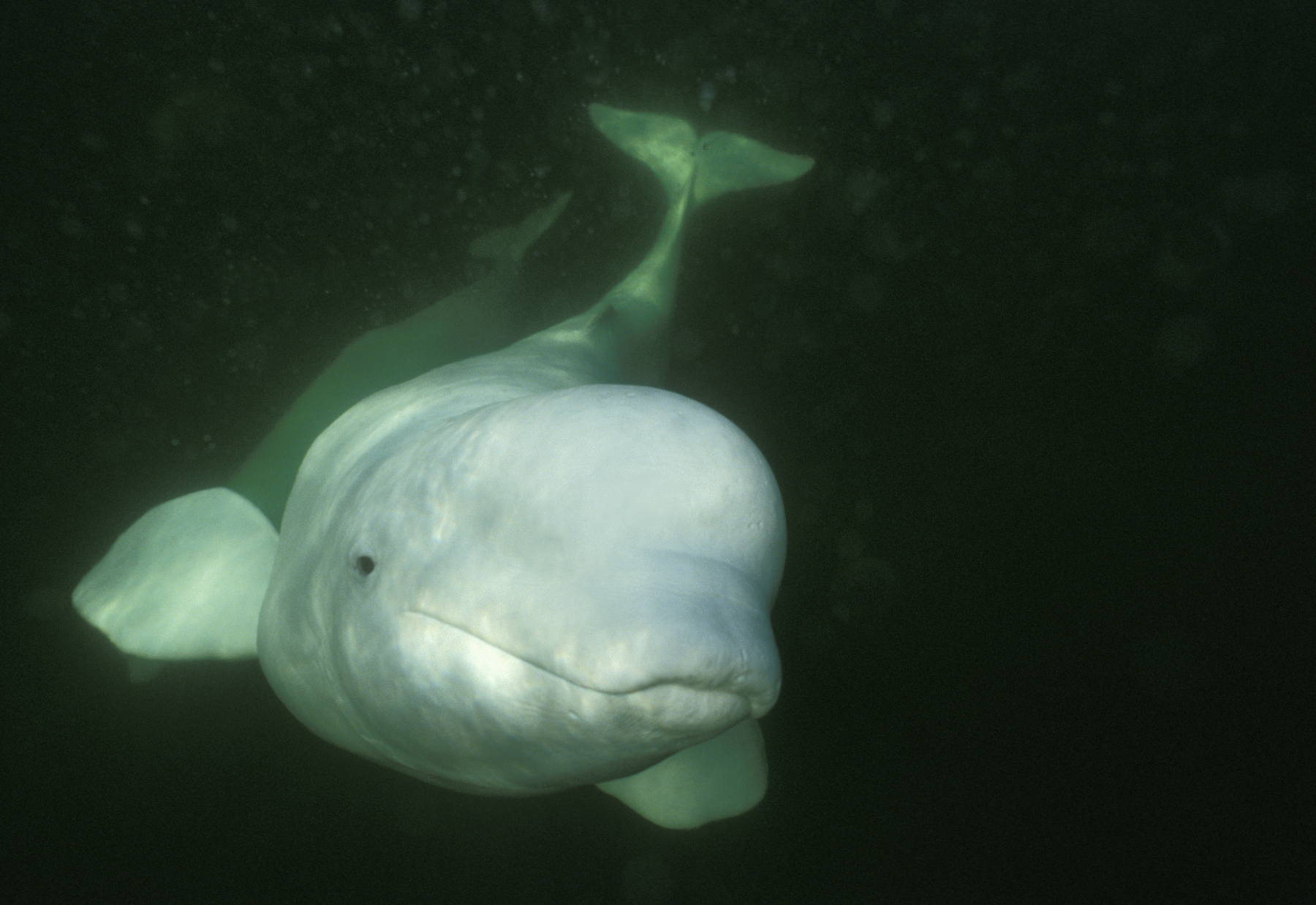
Cook Inlet Beluga Whale Remains Listed
With the New Year approaching, we (and the Cook Inlet beluga whales) have one more thing to celebrate.
On Nov. 21, 2011, the Federal District Court in Washington, D.C. rejected the State of Alaska’s lawsuit against the National Marine Fisheries Service (NMFS), which sought to throw out NMFS’s decision to list the Cook Inlet beluga whale as an endangered species under the Endangered Species Act (ESA). On behalf of the Alaska Center for the Environment, the Center for Biological Diversity, Cook Inletkeeper, Defenders of Wildlife, the Natural Resources Defense Council, and the North Gulf Oceanic Society, Trustees for Alaska intervened in the lawsuit to defend the beluga listing. The court found that the listing was based on the best available science and that the State had failed to make any showing otherwise.
This is a momentous victory in the decade-long efforts Trustees for Alaska, and the conservation groups we represent, have waged to protect this species.
Trustees for Alaska initially filed a petition to list the population as endangered under the ESA in 1999. The population had declined 50% between 1994 and 1998. Subsistence harvest of belugas at unsustainable levels during this time was identified as the major cause for this population decline. The listing petition was denied, however, based on recovery efforts that focused on managing subsistence harvest. But years after reducing subsistence harvest, the species failed to recover. The population still hovers in the 300s; a 70% reduction from NMFS’s estimated population of approximately 1,300 whales in the early 1990s. Because the population had not recovered as NMFS predicted, in April 2006, Trustees for Alaska filed a new ESA listing petition. Recognizing that management of subsistence harvest alone was not leading to recovery, NMFS listed the whales as endangered.
There are a number of threats to the Cook Inlet beluga whale population, including oil and gas development, primary-treated sewage wastewater from Anchorage, proposed absurd projects like the bridge to nowhere, also known as the Knik Arm Bridge, and the $300 million—opps! $1 billion—Port of Anchorage expansion, and a proposed coal mine with a transfer facility along the shores of western Cook Inlet in an area frequented by belugas (the river just to the north of this proposed mine is named the Beluga River for a reason).
Unfortunately, the State of Alaska jeopardized the long path towards recovery for this imperiled whale population by challenging its listing as endangered. Why would the State of Alaska want the Cook Inlet beluga whale listing rescinded? Gov. Parnell has waged his own battle against the addition of Alaska species to the list of endangered and threatened species. He has stated:
“It’s easier to prevent a problem than to correct it. To this end we’re manning the watchtower and looking for risks of unwarranted attempts to bring a species under the ESA regulatory umbrella.”
And to wage this war, the Governor told a group of developers:
“I proposed and the Legislature increased the Department of Law’s budget for ESA matters by $1 million, buying us more firepower on these critical issues.”
Despite the clear science that the Cook Inlet beluga is likely to go extinct if nothing is done, the State of Alaska brought a weak case that was summarily rejected by the district court.
Trustees for Alaska has fought to protect this species for over ten years and will continue to fight for its survival. This victory could not be accomplished without your support. The belugas thank you for your support—2012 is sure to be a great year.
by Brian Litmans, Senior Staff Attorney


